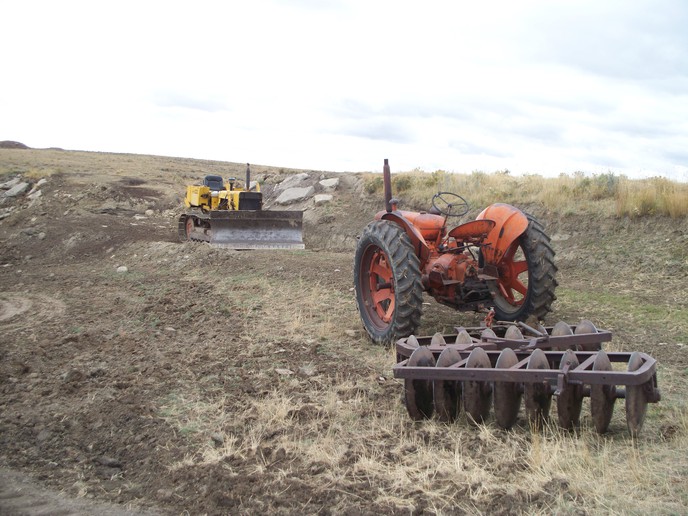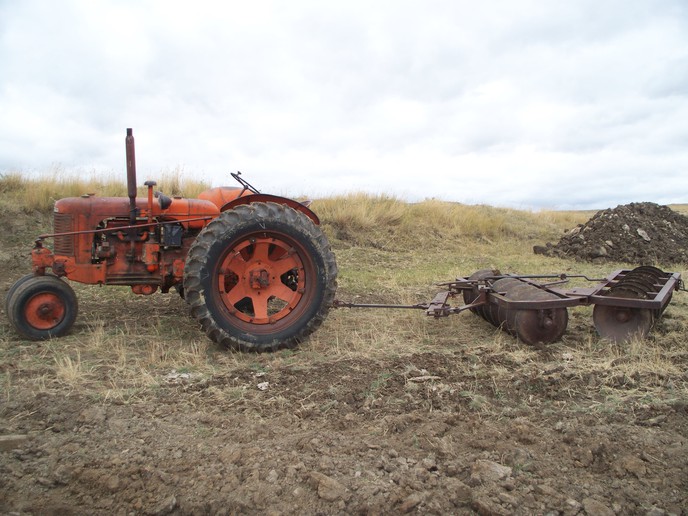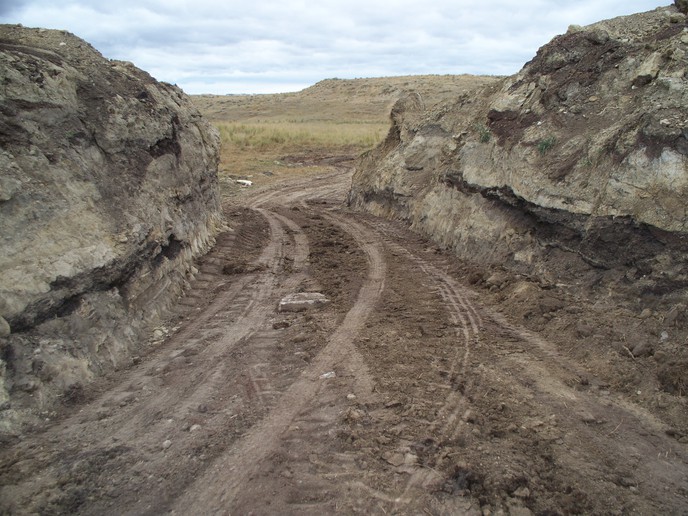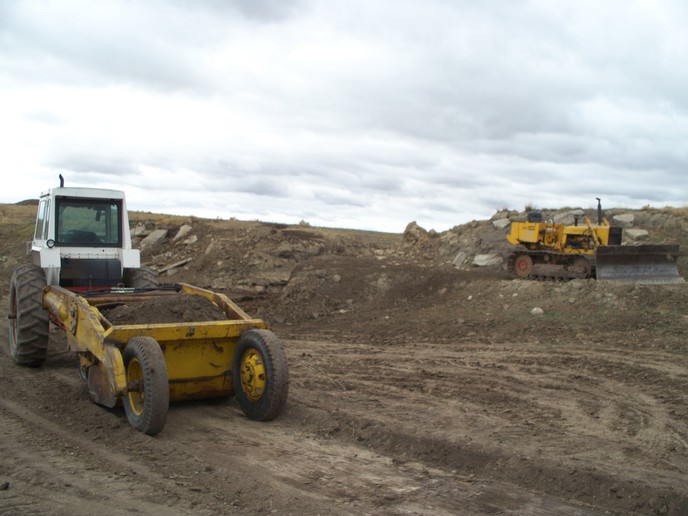jim cancil
New User
I just got these pull-behind disks a couple of days ago and the geometry is a little confusing to me..
To the left of the Y in the pull bar is an adjustment that allows me to move the center of the pull from the center to the right as you are looking toward the front - but I thought it would turn the front gang to the right, but it only seems to move the whole unit to offset it to where the tractor wheels are?
There is a locking device that is missing a control arm at the right (looking toward the front) that has some unknown to me purpose?!
I thought the toothed arm that comes forward from the center would allow me to adjust the take up/push back of the pitman arm that is attached to gang #2 ..but it does not seem to have as much effect as I would have thought...?
As heavy as these buggers are for me to muscle around - they did not seem to cut that deep in a raw grass/weed pasture. I added a concrete car barrier to the front .. then moved it to the back to the back.. Should I add a couple more?
Does it make sense to have smaller disks on the back than front. I am eyeballing them, not measuring.
Of course, I don't exactly know what to expect from them, so my ignorance is on full display. I would certainly appreciate any direction. Thanks. Jim




To the left of the Y in the pull bar is an adjustment that allows me to move the center of the pull from the center to the right as you are looking toward the front - but I thought it would turn the front gang to the right, but it only seems to move the whole unit to offset it to where the tractor wheels are?
There is a locking device that is missing a control arm at the right (looking toward the front) that has some unknown to me purpose?!
I thought the toothed arm that comes forward from the center would allow me to adjust the take up/push back of the pitman arm that is attached to gang #2 ..but it does not seem to have as much effect as I would have thought...?
As heavy as these buggers are for me to muscle around - they did not seem to cut that deep in a raw grass/weed pasture. I added a concrete car barrier to the front .. then moved it to the back to the back.. Should I add a couple more?
Does it make sense to have smaller disks on the back than front. I am eyeballing them, not measuring.
Of course, I don't exactly know what to expect from them, so my ignorance is on full display. I would certainly appreciate any direction. Thanks. Jim





